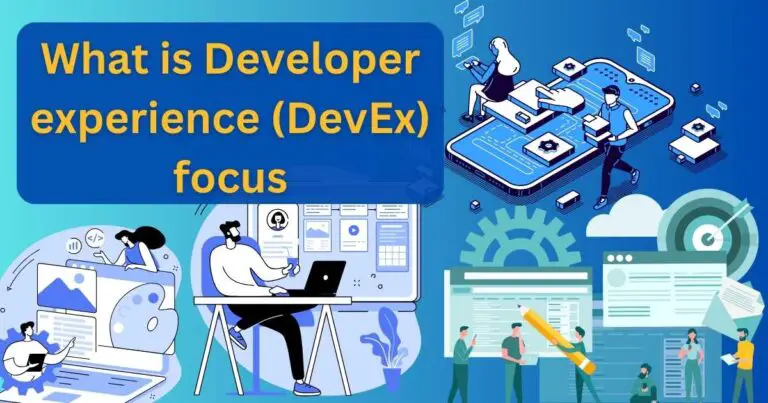Io Devise Error- How to fix?
As cutting-edge innovations continue to shape the technology landscape, the increasing reliance on a myriad of sophisticated hardware and software systems is elaborately evident. However, this complexity is not free from occasional setbacks. One such potentially frustrating problem that many users encounter is the IoDevice Error. Despite its intimidating name, this error is less cryptic once you delve a little into what it represents, and in today’s increasingly tech-dependent world, knowledge is power!
Exploring the IoDevice Error Issue
The IoDevice Error, also known as IO Error, stands for Input/Output Device Error. This signal to a malfunction often arises when your software attempts to read from or write to a hardware device but encounters a problem. The error typically shows up with messages like “The request could not be performed due to an I/O device error” or an equivalent statement highlighting the issue.
Manifestations of this error vary, but they commonly affect peripheral devices, especially external hard drives, USBs, SD cards, DVDs, and CD-ROMs. It can be caused by outdated driver software, hardware connection issues, or physical damage to the device.
Decoding the I/O Device Error Mystery
The underlying problems triggering the IoDevice Error could be manifold, from faulty USB or SATA port, bent or damaged pins in your connectors, to drive corruption, outdated drivers, or even hardware failure. Notably, according to recent technology statistics, approximately 22% of hardware errors can be attributed to failure of HDD and SSDs, two of the devices most susceptible to this problem.
Mapping Out the Fixes
Now that we’ve demystified the IoDevice Error, it’s time to break down potential solutions. With a little navigation and some patience, many users can resolve this issue without professional tech support.
Updating outdated drivers: It’s a good idea to regularly check for updates to your drivers, as running outdated software can often trigger the IoDevice Error. By accessing the ‘Device Manager,’ you can quickly identify and update outdated drivers, potentially resolving the issue.
Dabble with the Hardware
Checking hardware connections: Sometimes, the IoDevice Error may simply indicate a loose or improperly inserted cable—a problem you can fix by double-checking all cords and reinserting them if necessary. If this doesn’t resolve the issue, you might consider trying a different connecting cable or port.
Advanced Troubleshooting Strategies
Device Manager Settings and Troubleshooting: The ‘Device Manager’ can be a helpful tool for resolving IoDevice Errors. You can right-click on the problematic device under ‘Disk Drives’ or ‘Universal Serial Bus Controllers’, navigate to the ‘Policies’ tab, and then change the device’s transfer mode to ‘DMA if available’. This solution works especially well for DVD/CD-ROM IoDevice Errors.
In the end, while the IoDevice Error may appear daunting, understanding what it means and how to fix it empowers you to take control of your tech life, demonstrating once again that a little knowledge goes a long way! Should the problem persist after all aforementioned steps, it might be time to connect with a professional tech support agent or consider potential hardware replacements.

